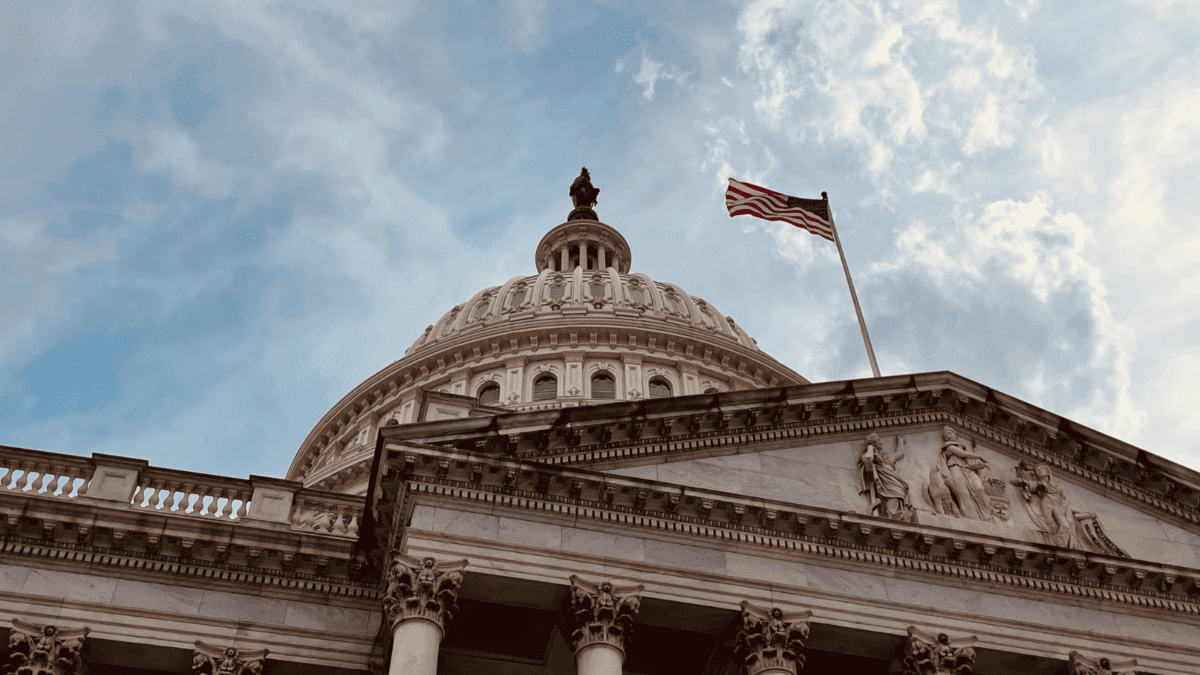As markets eye US debt ceiling deal, some see bigger debt problems ahead
With a solution to the US debt ceiling impasse in sight, markets are optimistic that worst-case scenarios may be avoided. But an 11th-hour deal is still not guaranteed, and even a negotiated agreement could lead to new challenges, commentators say, as the world reckons with new levels of post-pandemic government debt.
Political wrangling over the US government’s ability to borrow has become a recurring theme in recent years, with several narrowly avoided defaults roiling global markets in years when the debate becomes especially politicised. While a recent agreement in principle between President Joe Biden and House Speaker Kevin McCarthy has raised hopes this round of the drama will end similarly, the deal’s route through Congress is still not guaranteed as some hard-line Republicans are now balking.
According to analysts, a negotiated deal is still the most likely outcome, but markets may still be in for some turbulence. The bigger concern, they say, stems from systemic shifts in government debt loads across all developed markets since the pandemic, which has significant implications over the longer term.
Ballooning pandemic debt
The debt ceiling limits how much the US government can borrow to pay the bills it has already incurred through prior budgets. Republicans are using it as a tactic to attempt to force the Democratic government to lower future spending, but the need to cut popular spending programs to do that has divided the party and left a very small pathway to compromise.
The US technically hit its $31.4 trillion debt ceiling on January 19, barring it from issuing any new debt and necessitating “extraordinary accounting measures” to pay the government’s bills. Treasury Secretary Janet Yellen has estimated an “x-date” of June 5, after which the government might default without an agreement to raise the debt ceiling.
Even if this crisis passes without a default, though, these battles are likely to arise even more frequently in the future, as ballooning pandemic-era debt runs headlong into a rising interest rate environment. And that worrying dynamic extends beyond the US.
“Rather than speculate on how the near-term politics will play out, we believe it is more important to explore the root causes of high levels of government debt and what that may mean for growth, inflation and other fundamentals impacting asset prices in the long term,” says Stephen Dover, head of the Franklin Templeton Institute.
He notes that since 2007, US federal government debt has grown to 120.2 per cent of its GDP from US$9.2 trillion, or 62.7 per cent of GDP.
“While the United States has run persistent budget deficits over the past decade and a half, two major events – the GFC of 2008-2009 and the pandemic of 2020-2021 – massively increased the size of US budget deficits,” Dover says. Of the more than $22 trillion increase over that time, 63 per cent is attributable to budget deficits in the wake of those episodes.
The GFC and the pandemic both saw rising expenditures and falling tax revenues, but the pandemic in particular was characterised by higher government spending, he notes.
“It is also useful to consider these developments in the long-run context of US fiscal policy,” he says, noting that for 60 years, government spending has typically exceeded revenues, so budget deficits have become the norm. But there are other important trends at play.
“The sources of rising government indebtedness in this century reflect a combination of increases in government spending and decreases in government tax revenues,” Dover says.
“That stands in marked contrast to the nearly two decades of gradual fiscal consolidation from the early 1980s until 2001. That development points to the fundamental political challenge about how to finance the spending that Americans seem to need or want.”
Roiled markets
According to Robert Abad, product specialist at fixed-income investment manager Western Asset, a US default remains a “very low probability event”.
“The only time the US ‘technically’ defaulted was in 1979 when a word processing backlog resulted in the delayed payment of maturing US Treasury bills,” he says, adding that Congress has raised the debt ceiling 78 times since 1960 under both Republican and Democratic presidents.
“All that stated, markets are bracing for the possibility of a standoff that lasts deep into the 11th hour, an outcome that harks back to 2011, 2013 and 2021,” Abad says. “In each of these episodes, Congress averted a default, but not without roiling financial markets.”
And, he adds, the “supercharged political partisanship” defining the US today has only heightened concerns the parties will be unable to reach a compromise in the end. He noted that spreads for US credit default swaps (CDS) have spiked, reflecting pessimism over the deal.
“The illiquidity of the US CDS market (with only non-US banks allowed to make markets on these contracts) and the fact that the cheapest-to-deliver bonds are much more heavily discounted today help to explain why US CDS spreads across various tenors have moved materially higher since the beginning of the year,” Abad added.
“If the debt ceiling isn’t raised by the x-date, we expect the Federal Reserve (Fed), which acts as the fiscal agent for the Treasury, to follow the blueprint it crafted in 2011,” which would prioritise interest and principal payments on federal securities over other obligations, including Social Security payments, government salaries and military benefits, he says.









